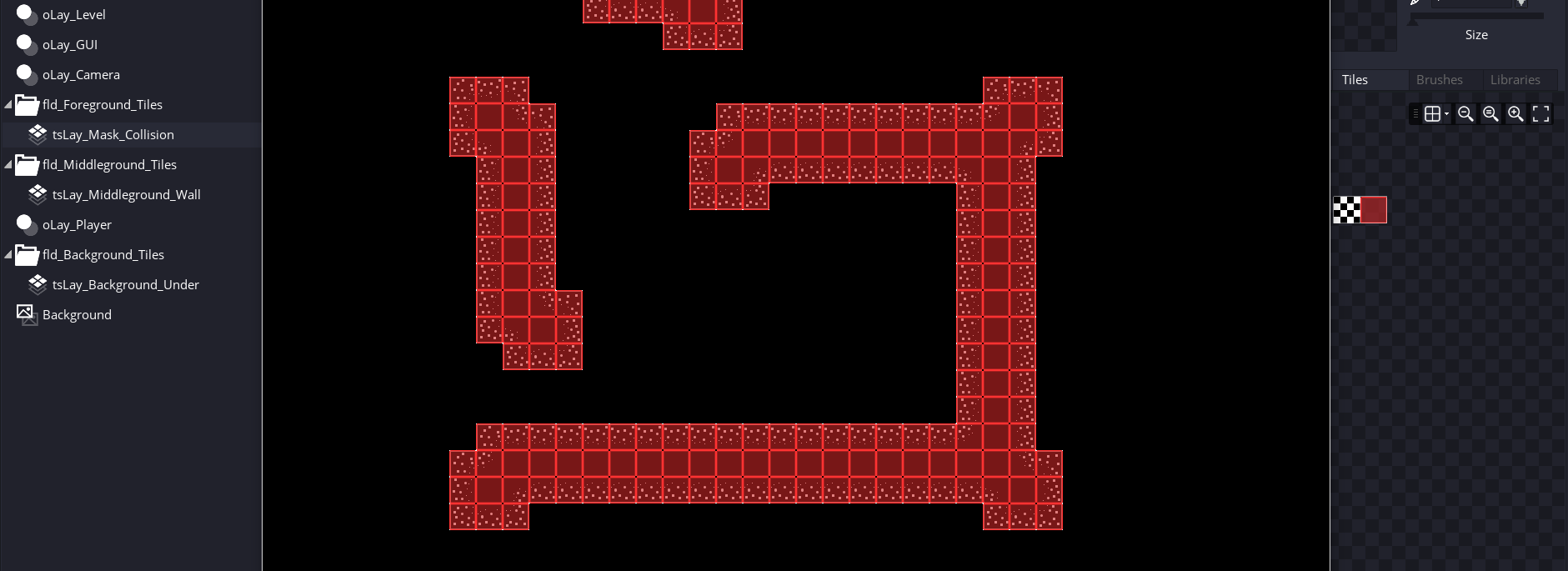

Your first step is to rip out all those instances of “obj_wall” you have in your room and replace them with tiles. Regardless of whether your game is a platformer, top-down action RPG, or anything else, you should be able to follow these steps to convert your existing project.
#Gamemaker studio 2 collision how to
Since there are many, many tutorials and guides out there on how to set up your game using object-based collision, I’m going to explain how to convert your existing object-based world collision to this new system.

That means the goal is to get as many of the good bits of both systems all together with as few as the drawbacks as possible. This is not a comprehensive list, but it gets the point across: tiles are fast and easy to use, but always the same rectangular shape, while objects can be any size and shape you want, but are slow and tedious to use to build rooms. Time-consuming to build complex shapes in the room editor.The more wall objects you have, the slower your game will get.Can use the built-in “collision” events.Allows precise collisions for angled or curved surfaces.No built-in support for collision_line or collision_circle, etc.No limit to how many walls you can place.Placing tiles using the room editor is fun and easy.Hey GameMakers! Pixelated Pope here, and today I want to show you a method for building your game's collision using a blend of tile-based collisions and object-based, precise collisions for the best of both worlds! First, real quick, let’s break down just a few pros and cons of both methods.


 0 kommentar(er)
0 kommentar(er)
